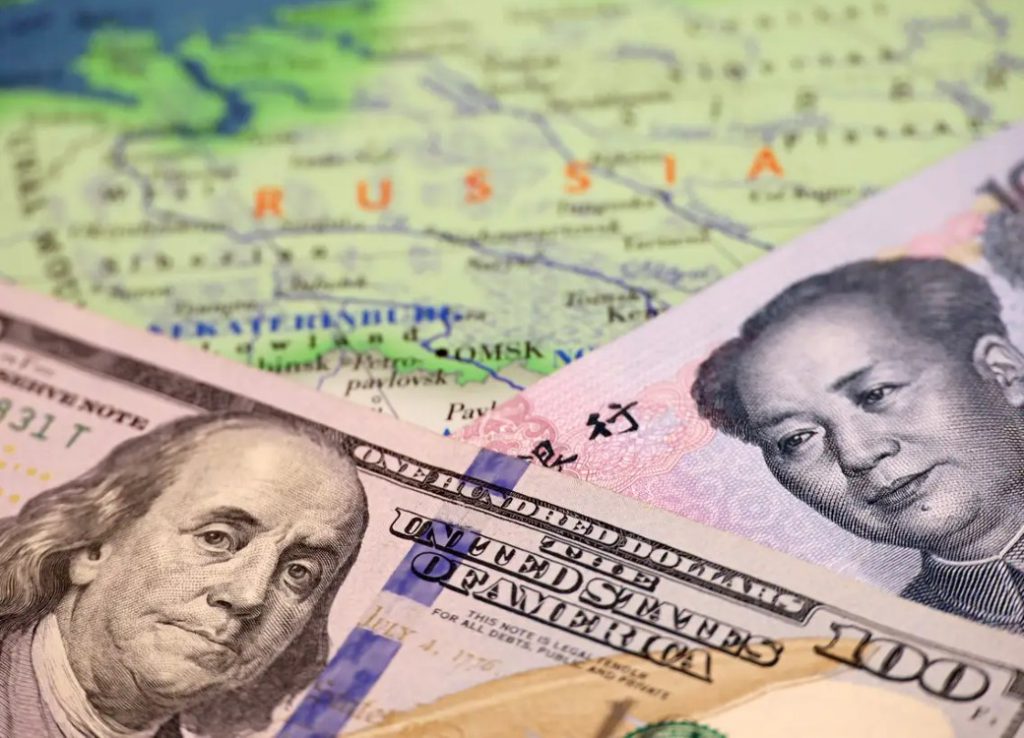The BRICS alliance is looking to topple the US dollar by launching a new currency in the global markets. BRICS countries are also pushing their local currencies ahead of the US dollar to settle cross-border transactions. China is making developing countries pay in the Chinese Yuan and Russia is convincing other nations to settle trade in the Russian Ruble. Additionally, India signed an agreement with 20 developing countries to pay a part of the trade in the Indian Rupee.
Also Read: When Will Saudi Arabia Join BRICS?
Read here to know how many sectors in the US will be affected if BRICS ditches the dollar for trade. The Feds are also closely watching the development and now aim to protect the US dollar from BRICS and other local currencies.
BRICS: Federal Reserve Governor Predicts How Long the US Dollar Will Remain Global Currency


Christopher Waller, Member of the Federal Reserve Board of Governors predicted that the US dollar will remain a dominant currency for a long time. He indicated the talks about BRICS bringing the US dollar down in the global currency markets. “Recent commentary warning of a possible decline in the status of the U.S. dollar raises concerns,” said Waller.
Also Read: BRICS: Analyst Predicts US Dollar Crash Similar to Roman Empire’s End
The Federal Reserve Governor explained that the US dollar will not decline as others claim. “I do not expect to see the US dollar lose its status as the world’s reserve currency anytime soon. Nor even see a significant decline in its primacy in trade and finance,” he said.
Waller stressed that despite the BRICS onslaught against the US dollar, 60% of the global trade is settled in the USD. “At almost 60 percent of global reserves in 2022, the US dollar is by far the dominant reserve currency. The next leading competitor to the dollar is the euro, with a share of roughly 20 percent”.
Also Read: BRICS: SWIFT ‘Unfair’ Payment System, It Favors Only The US Dollar
He also explained that the Chinese Renminbi has grown as little as it is claimed to be. Since the 1990s to 2024, the Renminbi has grown by just 2%. “Actually, little changed from the mid-1990s. While there has been an increase in the share held in renminbi, that share is trivial at about 2 percent,” he concluded.





